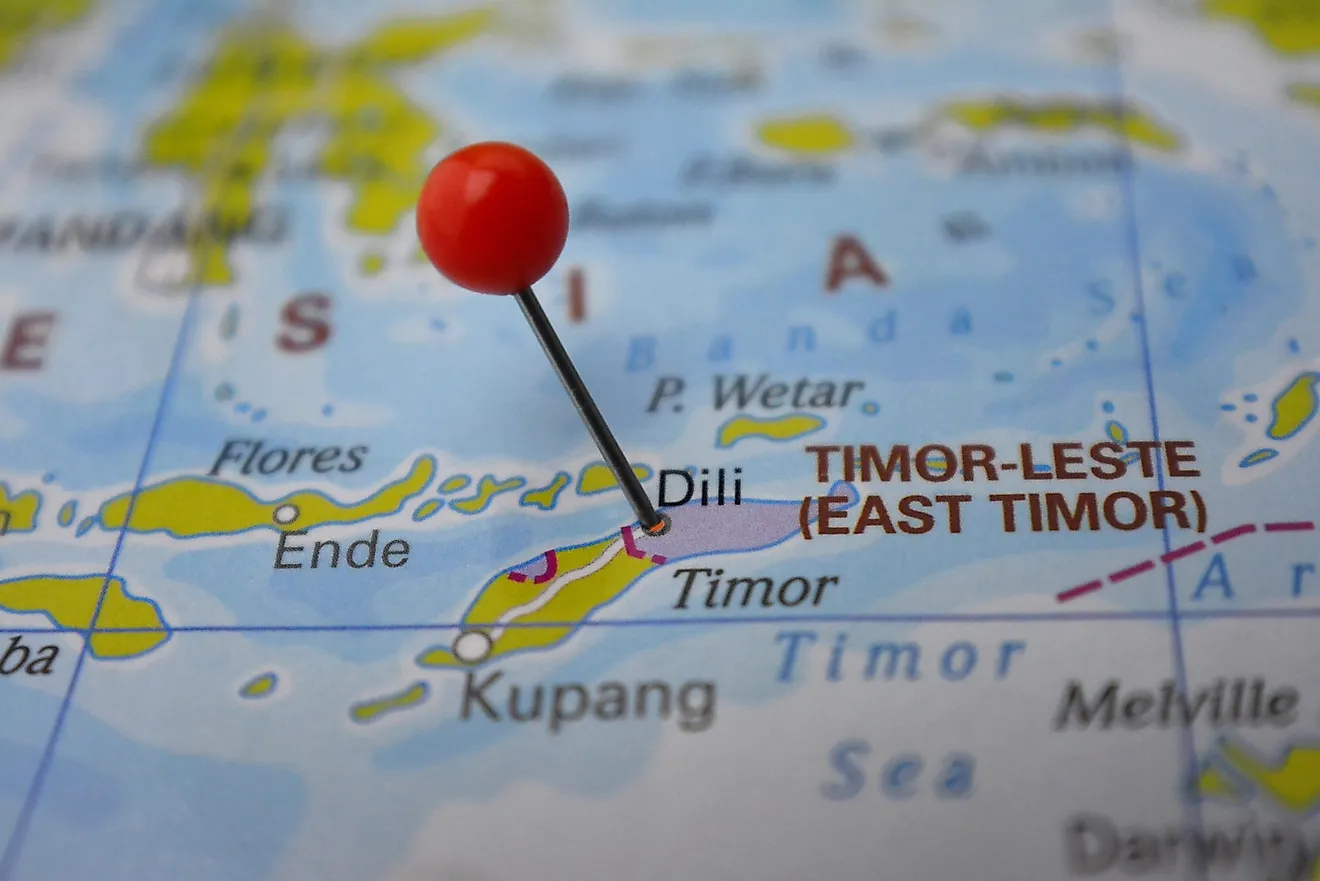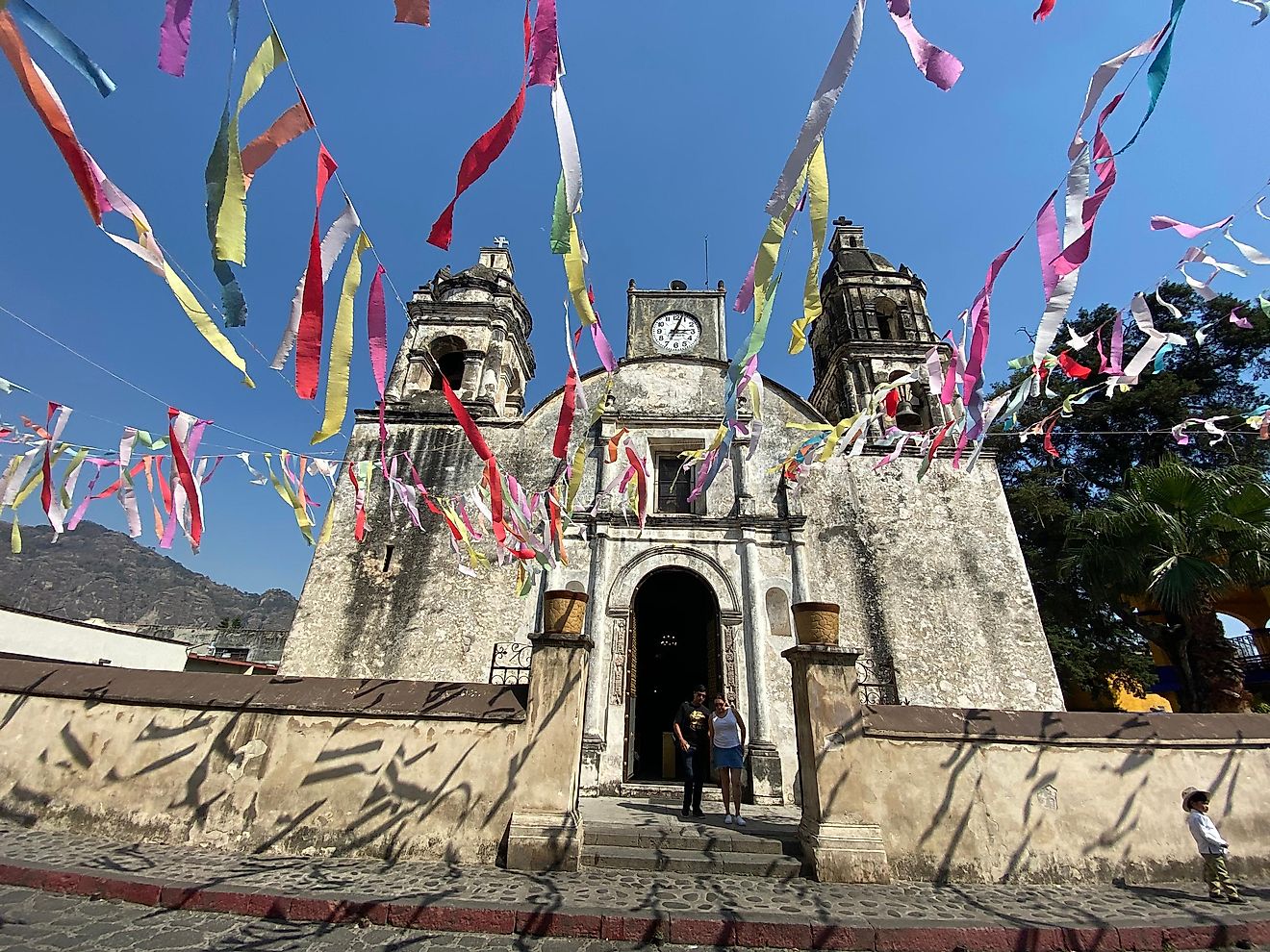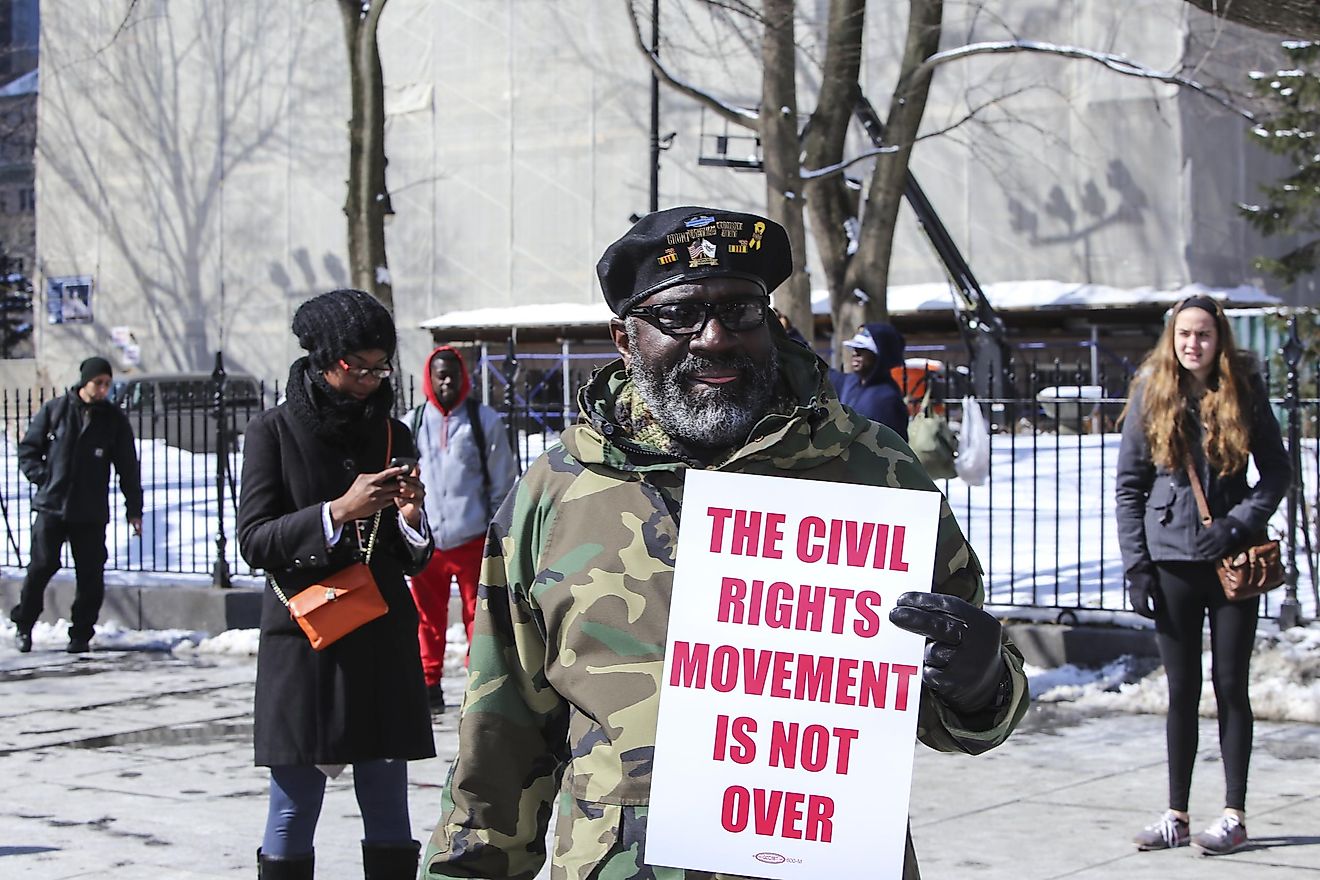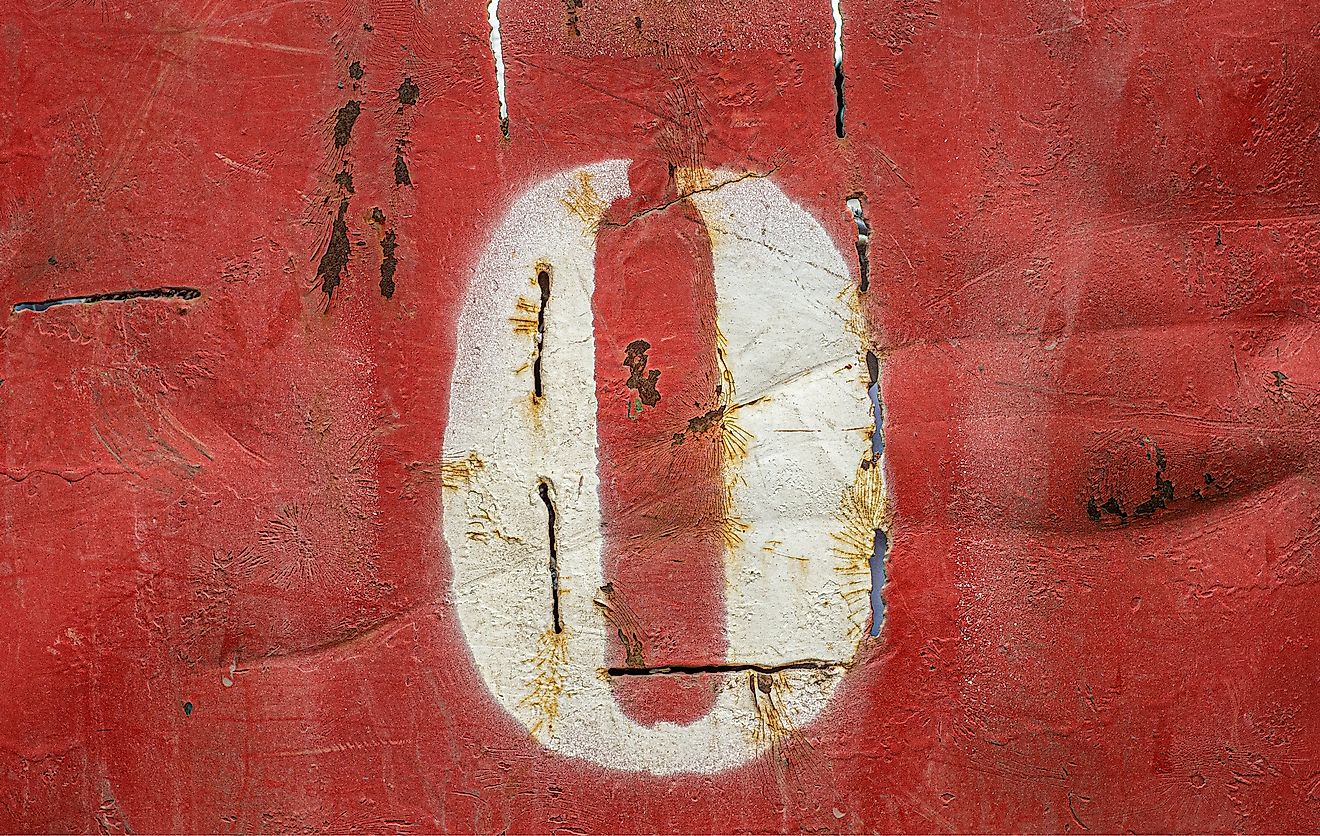What Is the Magna Carta?
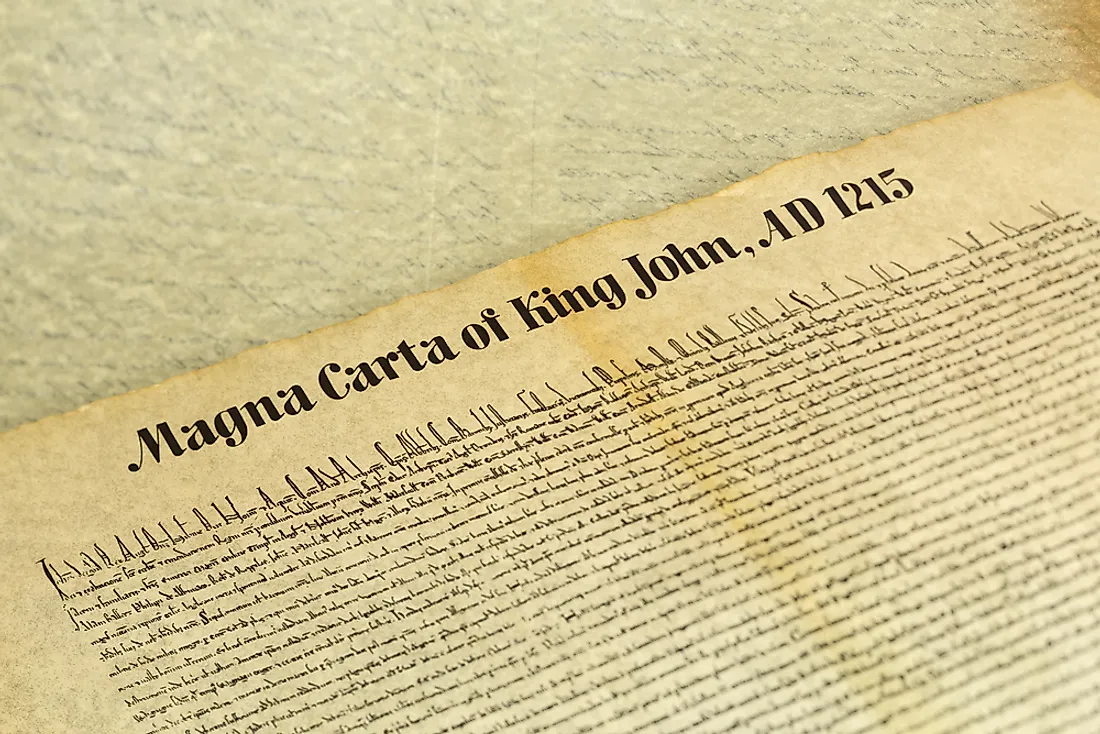
Magna Carta Libertatum was an agreement between King John of England and a group of rebel barons. The Archbishop of Canterbury drafted the Charter on June 15th, 1215 at Runnymede near Windsor to make peace between the two parties. The charter promised to protect the rights of the church, to protect the barons from illegal imprisonment, access to instant justice, and setting limits on feudal payment to the crown. Pope Innocent III finally terminated the charter, and subsequently led to the First Barons War.
Why Was the Magna Carta Issued?
In 1204 King John lost the Duchy of Normandy to the French King Philip II and immediately embarked on a protracted and expensive war to regain the Duchy. The drive to recover the duchy resulted in extreme exploitation of England to fill the King's war chest.
Some of the measures John took to raise funds for war were:
The Uprising of Barons
While King John's measures to raise more revenue made him unpopular with the general population, it was his handling of barons that led to rebellion and eventually the Magna Carta. His predecessors had raised funds from the nobility successfully, but King John had pushed them too far. King John exhibited extreme suspicions on the intentions of the barons and was jealous of their power. Some of the measures that outraged the barons were:
The behavior of the King soured his relationship with the baronage and matters came to a head when he lost to King Philip of France at Bouvines in 1214. With his reputation ruined and his finances in shambles due to the cost of a ten-year war, the barons openly rebelled. King John realized that his position was untenable and he reconciled with the pope, repaying part of the confiscated revenues and restoring the church properties he had appropriated.
The Writing of the Magna Carta
As part of his deal with the pope, King John became a papal vassal, and he accepted Stephen Langton as the head of the Catholic church in England. Stephen Langton as Archbishop of Canterbury hence England's top clergy man became the point man for negotiations between the King and the rebellious barons. He drafted the Magna Carta setting out the responsibilities and privileges of the King. The charter promised to protect barons from illegal imprisonment, limitations on scutage payments in place of military service, and access to justice. King John affixed his seal and issued the Magna charter on June 15, 1215.
Persistence of Magna Carta
The Magna Carta became part of the political life in England and was naturally renewed by each successive monarch, and over time the Parliament in England enacted new laws, therefore making Magna Carta lose some of its practical prominences. By the end of the 16th century, there was a resurgence in interest in Magna Carta. Historians and legal practitioners at the time looked at the old English law that went back to the early days of the Anglo-Saxon that protected individual freedoms. The arguments were that the invasion of Normans in 1066 had ousted these rights and that the popularity of Magna Carta had attempted to restore the same rights, and made Magna Carta a critical underpinning of the contemporary legislature powers and legal doctrines such as the Habeas Corpus. Although the historical account is flawed, jurists like Edward Coke used Magna Carta expansively in the 17th century disputing the divine right of kings expounded by the Stuart monarch. Although Charles I and James I tried to subdue the discussion of Magna Carta, they were not successful until the English Civil war in 1640 and the subsequent execution of Charles curtailed the issue.
800th Anniversary of the Magna Carta
On June 15th, 2015 different organizations and institutions marked the 800th anniversary of the original Magna Carta. The British Library organized a special exhibition in February 2015 that brought together the four copies of the 1215 manuscripts. Cornelia Parker, a British artist, was commissioned to create a new piece of artwork which was exhibited in the British Library between May and July of 2015 and was named Magna Carta the Embroidery. The commemoration ceremony on June 15, 2015, was attended by the American and British dignitaries, and was held in Runnymede at the National Trust park.
Why Is the Magna Carta Important?
When the Charter was issued in 1215, it was purported to heal the rift in the English kingdom between the sovereign (King John) and his barons. Neither side lived up to it, and the peace was short-lived. The political enigma of Magna Carta and its role in protecting the ancient civil liberties continued even after the glorious revolution in 1688 and persisted into the 19th century. The Great Charter was the first ever guarantee of civil liberties and the oldest known legal limitation on the arbitrary use of power. Magna Carta had a profound effect, and it influenced the early American 13 colonies and the formation of the American constitution in 1787, which became the supreme legal document in the new republic of the US. Historians of the Victorian era indicate that the original 1215 charter was specifically concerned with the relationship between the barons and the monarch, and not the rights of the ordinary people. However, the charter endured as an iconic and influential document, though almost all of its contents were repealed in the 19th and 20th centuries. The document still forms a significant symbol of liberty, and frequently cited by politicians and campaigners. It is held with high respect by the American and British legal practitioners. Lord Denning termed Magna Carta as one of the greatest constitutional document of all time and the basis of individual freedoms against the indiscriminate authority of a despot.
For posterity, the most relevant was clause 39 that guaranteed all free men justice through a free trial. It served as a template for US's Bill of Rights and the Universal Declaration of Human Rights.






